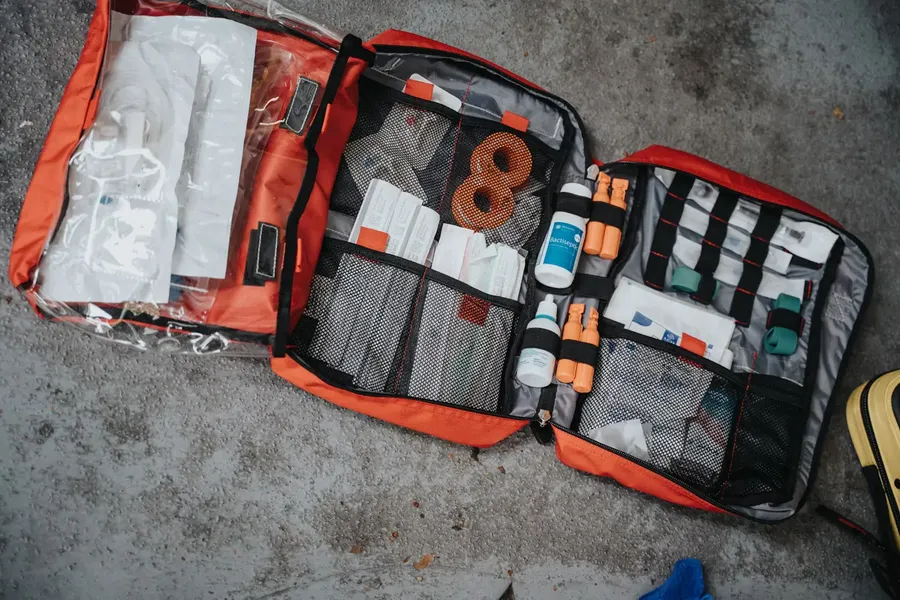Emergency Kit: What Should Be at Home and in Your Car?
Being prepared for an emergency can save lives. A checklist of essential first aid items for both your home and vehicle.
09/15/2024

Minor household accidents, injuries in traffic, or unexpected health issues can happen anytime. Having a well-stocked first aid kit helps you stabilize the situation until professional help arrives.
Basic First Aid Kit for Home
Common household accidents include small cuts, burns, and falls. Your kit should include:
- Wound Care: Assorted adhesive bandages, sterile gauze pads, rolled bandage, elastic bandage, and medical tape.
- Antiseptics: Antiseptic solution (e.g., povidone-iodine) and antiseptic wipes.
- Tools: Small scissors, tweezers, and safety pins.
- Burn Care: Burn gel or cream for minor burns.
- Others: Disposable gloves, pain relievers/fever reducers, cold compress pack, and a first aid manual.
First Aid Kit for Your Car (Traffic Set)
A first aid kit in your car is not only a legal requirement but also crucial for responding to traffic accidents. In addition to the home kit, include:
- Larger Supplies: Larger sterile gauze pads and bandages; triangular bandage (for arm sling).
- Visibility: A reflective safety vest.
- Breathing Support: A face shield for rescue breathing.
- Others: Burn blanket, tourniquet (only trained individuals should use).
Important Tips
- Check: Inspect your kit every six months. Replace expired items and replenish used supplies.
- Access: Store your kit in a cool, dry, and easily accessible place. Keep it out of reach of children.
- Training: Owning a kit is as important as knowing how to use it. Consider taking a basic first aid course.
Being prepared gives you confidence during stressful moments and helps you support your loved ones effectively.